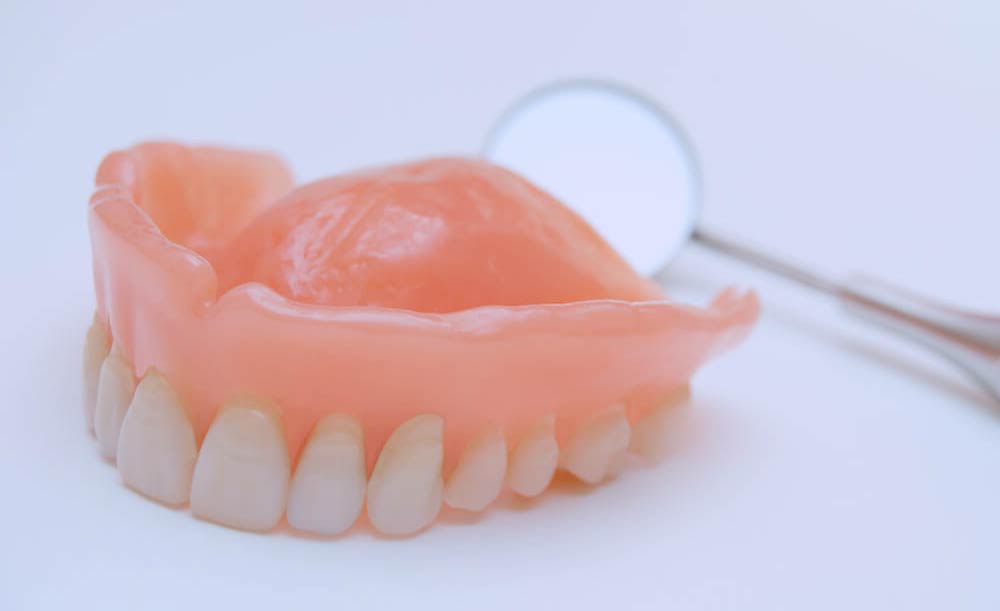
A dental expert may clean teeth to eliminate tartar and plaque. To avoid tartar accumulation and aid with plaque clearance at home, try brushing and flossing regularly. Oral bacteria work by converting carbs into acid when individuals consume them. They form plaque with saliva, residual food particles, and other substances.
Bad breath, cavities, and gum disease are further symptoms of inadequate dental care. New evidence suggests a link between gum disease and a host of other medical issues, including pneumonia, dementia, and cardiovascular disease. A dental office in dental office in San Juan, TX, can provide professional cleaning to eliminate tartar and reduce the risk of oral health issues.
Why Is Plaque a Problem?
Bacteria flourish in dental plaque, a sticky, soft coating covering the teeth’ surface. Plaque is formed when oral bacteria convert carbs from food into acid, mixing with saliva and remaining food particles. This process occurs throughout eating. The enamel and the spaces between the gums are prone to plaque buildup.
Everyone has dealt with plaque on teeth. Plaque is responsible for the fuzzy sensation you can get while running your tongue over your teeth. Bread, pasta, milk, juice, fruits, other sweet foods, and saliva combine with naturally occurring bacteria in the mouth to form plaque.
How Does Plaque Form?
-
Bits of Food Cling to Your Teeth
While brushing does a good job of removing plaque, new plaque forms on the teeth very quickly after that. Allowing food particles to remain in your mouth after eating speeds up the process.
Carbohydrate-heavy foods most often cause plaque on teeth. While carbs are present in most diets, the plaque-forming effects of sugary foods like cakes and sodas are more pronounced.
-
Mouth Reactions That Cause Plaque
Bacteria, carbohydrates, saliva, and food particles are the four main components to create plaque. The carbs in carbohydrate-containing meals interact with the good bacteria already present in your mouth. This acid may damage your teeth, but that’s not all it does.
When the acid comes into contact with saliva and food particles in your mouth, it triggers a second reaction. This new reaction makes the acid sticky and cling to your teeth.
-
Tartar Forms When Dental Plaque Califies
Even worse than dental plaque is tartar, which may cause serious problems for your teeth. Tartar forms when plaque remains on teeth for at least two days. Dense and hard, tartar (also called calculus) may trap even more plaque on your teeth. This material, which can have a yellow or brown appearance, may exacerbate gum disease and tooth decay.
How Can One Prevent Plaque?
Stopping plaque development calls for regular dental cleanliness and a good lifestyle. Here is a whole manual for maintaining under control plaque:
-
Twice daily brushing of your teeth
Choose fluoride toothpaste and a soft-bristled toothbrush. Brush for at least two minutes, ensuring you cover all sides of your teeth, including the rear molars and the gum line.
-
Use an antimicrobial mouthwash
Rinse with an antimicrobial mouthwash to eradicate germs and lower plaque development. Look for mouthwashes intended especially to combat gum disease and plaque.
-
Eat a Healthy Diet
Reducing the consumption of starchy and sugary foods may help slow plaque formation. Consuming foods rich in calcium and phosphorus, such as almonds, dark greens, and dairy, may help strengthen tooth enamel.
Conclusion
Everyone gets plaque buildup, which can be controlled with dedication and hard work on the patient’s part. Therefore, by practicing oral hygiene, observing a mindful diet, and having a professional dentist, you can defend against plaque and have sound oral health and wellness.



